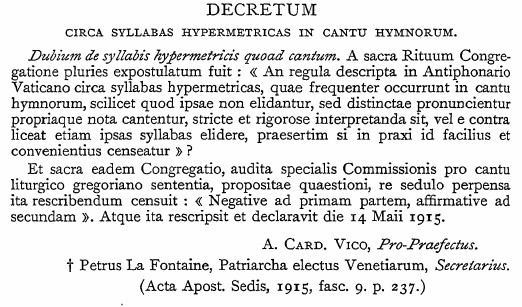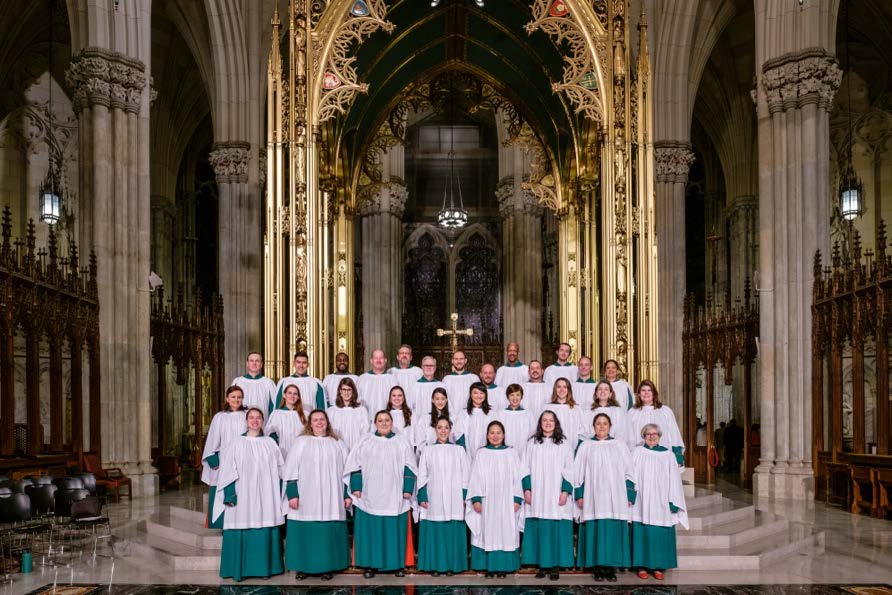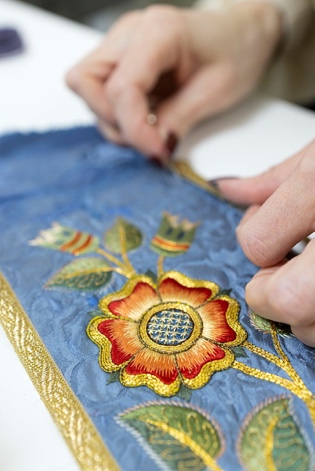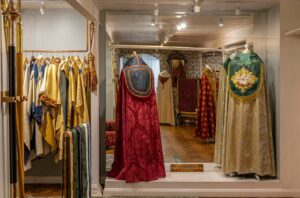The Church Music Association of America is pleased to announce that several virtual sessions on various topics are being offered in the coming months.
Construyendo un programa de Música Sacra en su parroquia
Descubra cómo una implementación gradual puede traer grandes cambios.
Panelistos: José Ballón Mario Fayas Gustavo Zayas
Esta sesión de una hora será el 16 de septiembre de 2024 a las 20 horas (EDT).
Registro disponible para todos; No se requiere membresía CMAA.
 Zoom Session for Priests
Zoom Session for Priests
Discuss how to foster a great Sacred Music program in your parish with our panel of priests. Panelists include: Rev. David Carter, Rev. Michael Connelly, Rev. Robert Pasley, Rev. Alfredo Porras, and Rev. Brent Stull, with Rev. Pasley moderating.
This session is open to priests only; CMAA membership is not required.
This one-hour session will take place on September 26, 2024, 8 pm Eastern (5 pm Pacific).
 The Basics of Gregorio
The Basics of Gregorio
Join Dr. Charles Weaver, as he leads you through the basics of using the excellent tool for Gregorian chant engraving – Gregorio.
This session is open to CMAA Members.
This one-hour session will take place on October 21, 2024, 8 pm Eastern (5 pm Pacific).
 Troubleshooting Vocal Problems
Troubleshooting Vocal Problems
Join Dr. MeeAe Cecilia Nam in this one-hour session to learn more about vocal problems and what to do about them.
This session is open to CMAA Members.
This session will take place on November 4, 2024, 8 pm Eastern (5 pm Pacific).
 Plan a Summer Chant Camp
Plan a Summer Chant Camp
Join in the discussion with our panelists to learn how to plan your own parish chant camp for next summer. Mary Ann Carr Wilson, Lisa Knutson, and Anders Bergmann generously share their expertise and experience with registrants.
This one-hour session will take place on November 18, 2024 at 8 pm Eastern (5 pm Pacific).
This session is open to all CMAA Members.
Register for any of these events here: REGISTRATION



 Zoom Session for Priests
Zoom Session for Priests The Basics of Gregorio
The Basics of Gregorio Troubleshooting Vocal Problems
Troubleshooting Vocal Problems Plan a Summer Chant Camp
Plan a Summer Chant Camp



